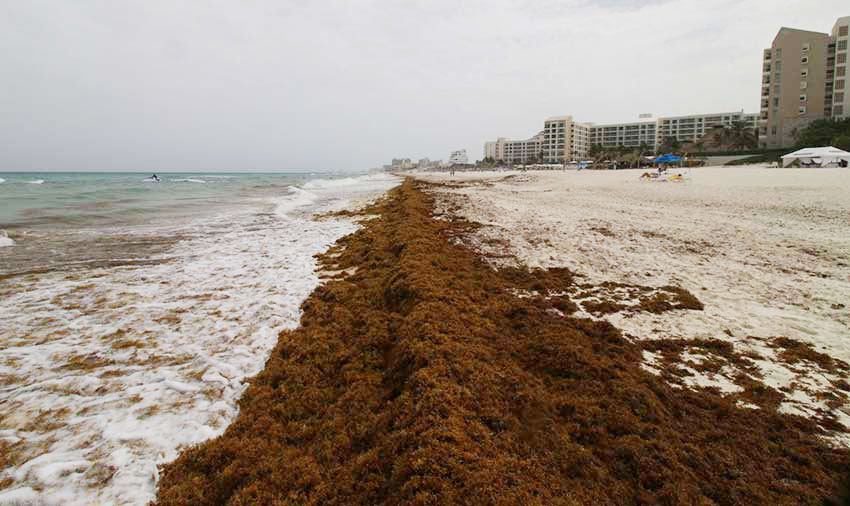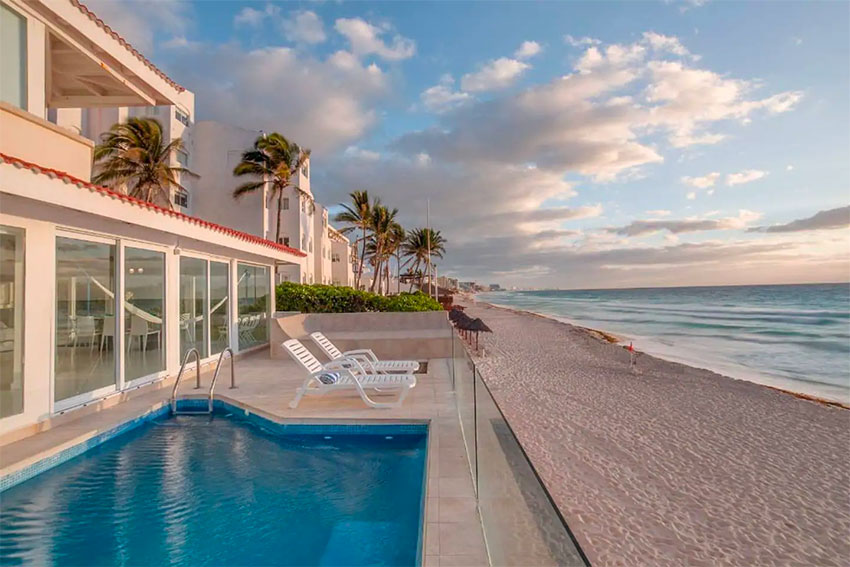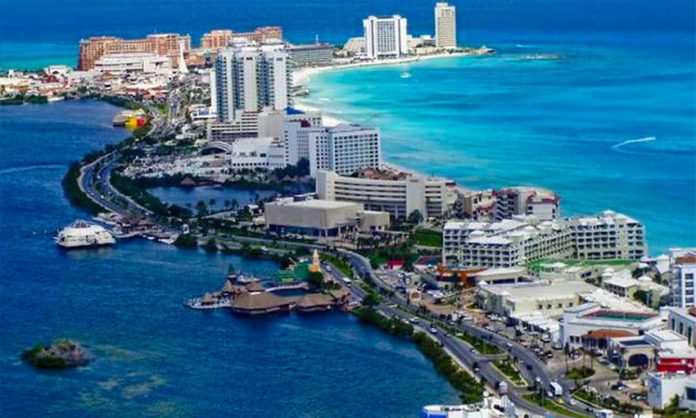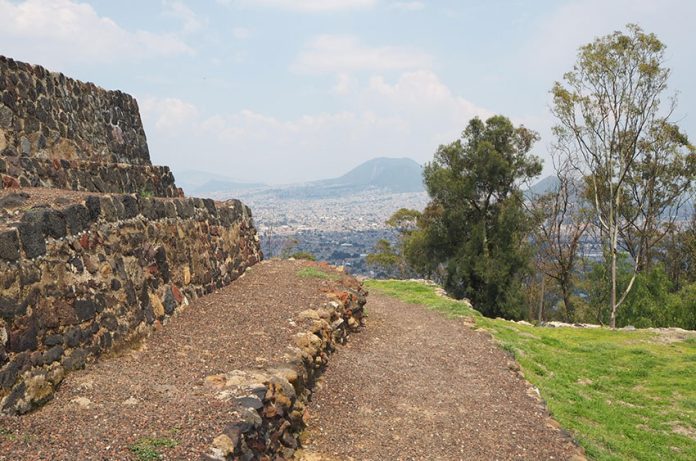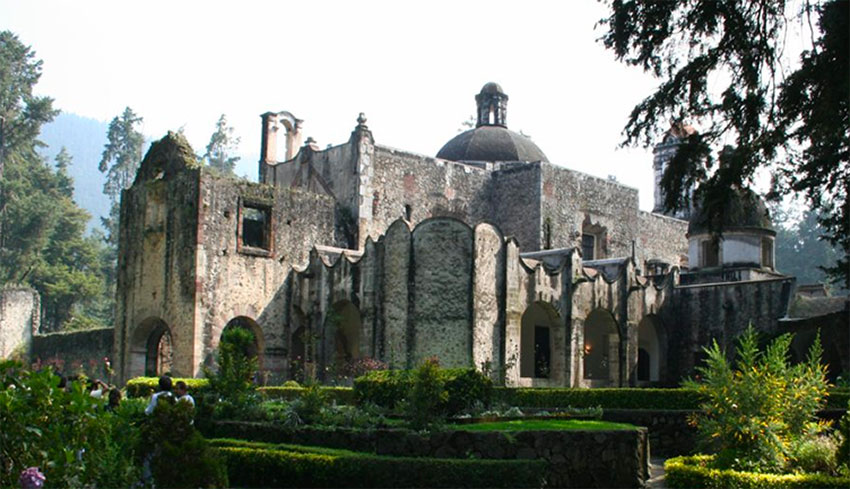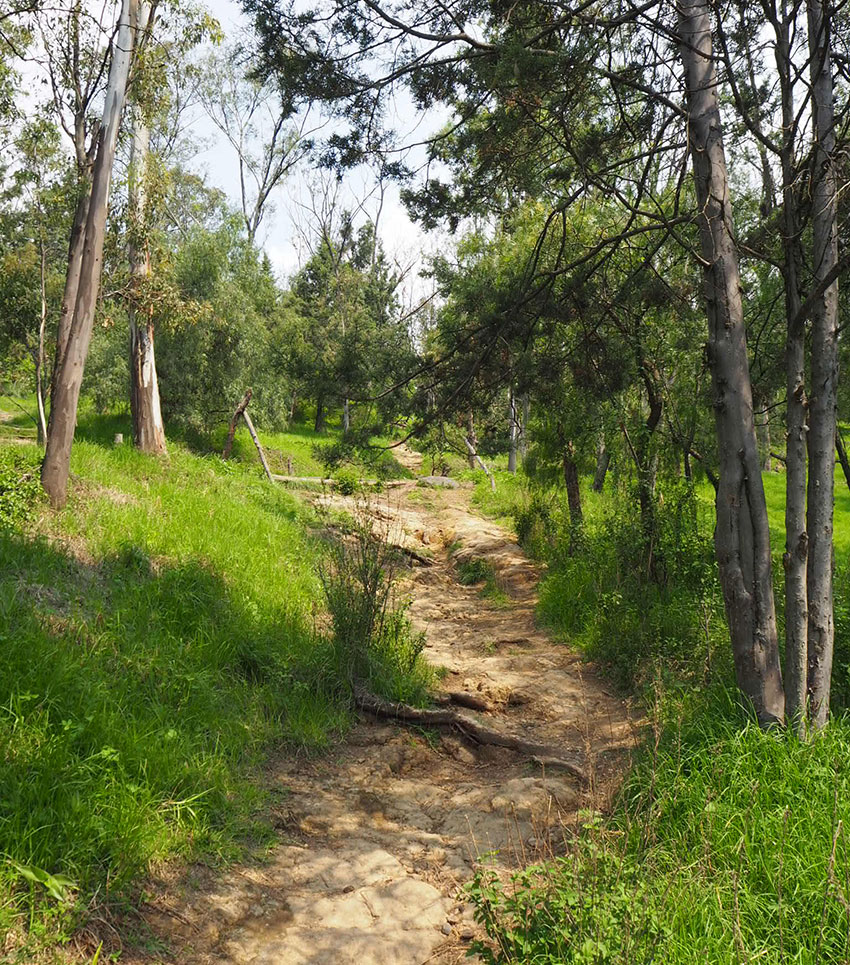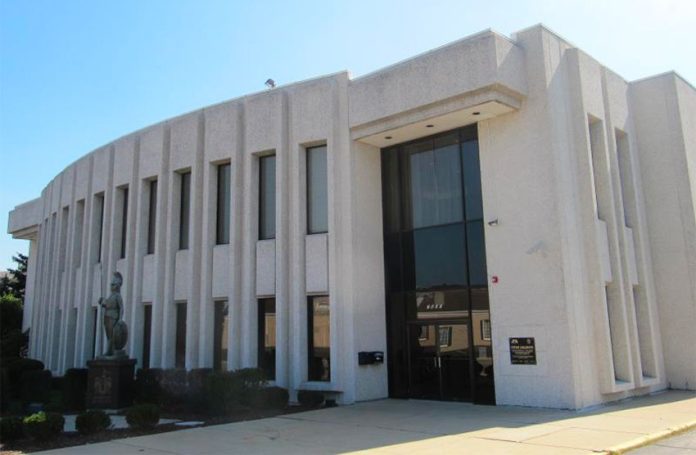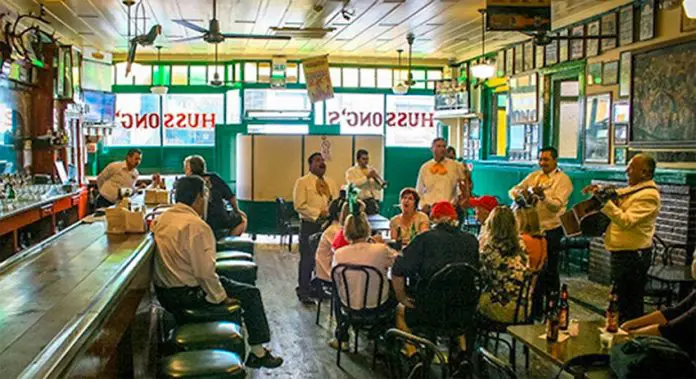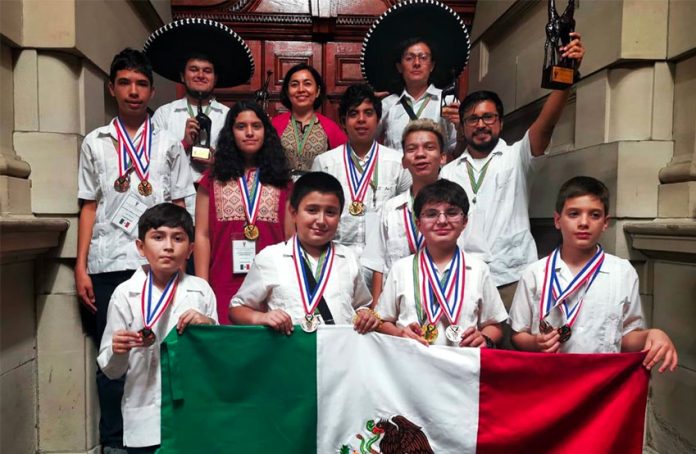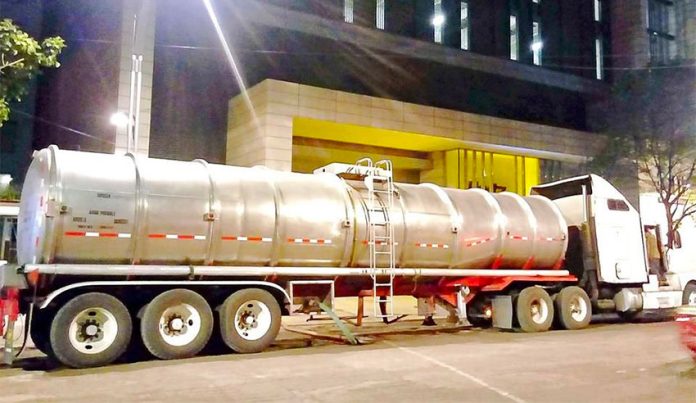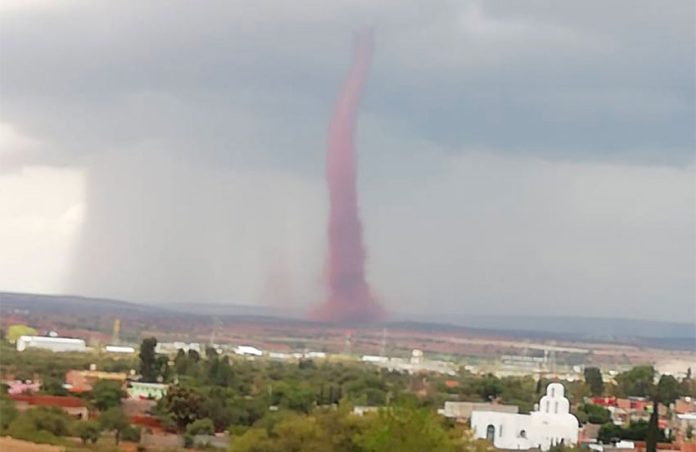More observations on highway travel through Mexico in the second of a two-part series recollecting cannonball runs in Toyotas by the author and his travel companion, “the doc,” from the United States border to Guatemala.
The doc likes chrome and Formica, and hotels that call themselves Inn or Lodge, and have a Shoppe. I like wood. He likes to spray his bed with Raid. I don’t care.
Lately in the evenings he’s taken to Appleton’s and whatever, or rye and ginger. I stick to $1 beers, usually from a ubiquitous Oxxo convenience store. Since I’m the one who suffered the nightmare of bobbing along in Baja’s Sea of Cortés holding the globe when our car ferry sank, maybe I should reconsider the Appleton’s or rye. Where did the globe come from? The back seat, of course.
Oxxo is what girls used to write at the bottom of letters, at least to other guys. In Mexico it’s a spic and span convenience store that sells an endless combination of hot-dogs called Vikings. Maybe the Vikings introduced them to the New World when they came to Minnesota — I don’t know, but they are not typically Mexican.
Two for one for a buck on Fridays. It also sells beer nuts. Shop-doc likes beer nuts — between the seats, under the accelerator, on the seats, under the floor mats. We need a pigeon. A passenger pigeon.
We’ve crossed at Tijuana, Laredo, Piedras Negras and Matamoros, some of the allegedly most crime-ridden cities in Mexico. This makes us experts. Although the large counter dedicated to “repatriation of human remains” in Nuevo Laredo is worth pondering for a few seconds, our only real obstacles have related to having to shell out about US $60 for a road tax, and $200 to guarantee that the car will leave Mexico.
In case I don’t make it, I name the doc as beneficiary of the deposit, and it’s never crossed my mind to wonder why I might need to name a beneficiary. Really.
Three standout attractions lie not too far from the borders we crossed, one per border crossing. In Ensenada, there is a venerable cantina named Hussong’s. Since another of our inexhaustible supply of high school classmates married a Hussong, we dropped by. Big party. Mariachis. $1 beers. The occasion? Mother’s Day as in “Take Mom out for a few beers.” Plan on it next year. It’s unique. “Hi, Mom.”
South of Laredo, in the middle of the desert before Monterrey, there is a hotel designed by Frank Lloyd Wright. At least I think it was, or Picasso. It’s all cubes and triangles and funky colors. Maybe it was designed by a dyslectic Mexican. I should have asked the doc about hotel design and dyslexia.
South of Matamoros is a motel that has been turned into a barracks for the Mexican marine corps. It makes shop-doc nervous but I always sleep better when a Humvee with a swivel-mounted machine gun on the back is parked outside, even if the driver doesn’t know the words to “From the halls of Montezuma.”
Why Camrys?
Eighty-one per cent of the cars and trucks in Guatemala are Toyotas so I naturally gravitate to the people’s choice.
Cannonball I
A 1988 Kentucky-made Camry wagon with 130,000 miles on it. Maybe. I saw one recently listed as a vintage car in Maryland. Vintage? Maybe it was made in France by the venerable makers of the guillotine, since the sliding automatic seatbelts decapitate driver and passenger. But 35 miles to the gallon, overdrive — which I hadn’t seen since Dad’s 1950 Mercury — is hard to beat along with huge cargo space, useful for life-saving globes and whatnot.
Chic or slick it’s not. The French would call it jolie-laide, pretty and ugly at the same time. We named it Camilla after the next queen of England. Maybe.
Cannonball II
A 1993 Camry LE with 160,000 (maybe) miles on it. This is about as plain vanilla as a Camry comes. I bought it from a Honda salesman in Brownsville, who bought it from “a little old lady that owned it for 25 years,” even though I had heard that classic pitch before. The old lady must have been on steroids, since two door handles were snapped off as well as one sun visor.
Great AC though. I once bought a Land Rover that was “owned by a nun” but that’s another story. I love a good sales pitch.
Cannonball III
The Camel. Time was getting short and Craig’s List shorter when, praise Allah, a tall, good looking man drove up in a Camry CE, a 2000, practically a new car for me. “I don’t want any money for it,” he said. “I’m in a hurry, leaving tonight to go home. Home is Saudi Arabia. I just graduated as a SEAL and am going home to clean up a little Shiite problem on our east coast you may have heard about.”
I had. He was a Saudi navy lieutenant and because of the brotherhood of warriors and all that (I was also a lieutenant) I insisted he take $400 and the deal was done. He rewrote my image of Saudis. Well dressed, well spoken, in such impressive shape that I wouldn’t want to meet him coming around a dune if I were a “Shiite problem” (read Ayatollah).
Camel clocks in at 212,000 miles, and as you would expect from a camel it has great AC.
Cannonball IV
This could well be called a budget cannonball run. It was a 1993 GEO, said to be a Corolla. I should name her Genie GEO because she’s already granted me two wishes: San Diego to Denver to Brownsville, and Brownsville back to San Diego. The back seat is big enough for two globes, just in case.
A few words on buying old Camrys, and I guess other makes, too. Car forensics dug out of the glove compartment and from under the seats are fun, and cheaper than Carfax. I found, for example, that Camel had been in Hawaii, that a little-old-lady indeed had owned one Camry for 25 years and had a new AC compressor installed.
So what do I do with all my Camrys?
I think I’ll keep Camilla. If she lasts as long as the queens of England and Galapagos tortoises typically seem to, I’ll be all right. The used-to-belong-to-a little-old lady I haven’t decided yet. I’m rather fond of Camel. She came by divine providence, inshallah, and deserves a good dune-free life. GEO and Corolla have grown on me but maybe it’s time for a Guatemalan Toyotathon.
Old Camrys cost about $500-$1,000, with the most immediate additional needs usually being tires and a battery. Well, mine did have cassette players. But to look at the bright side they might have been eight-tracks. Remember those? Any Mexican will install a Walmart $16 radio for about $3. “Not worth stealing,” my installer uncharitably mumbled
Advice for copycats: Toyota, Auto Zone, Baja Bound Insurance? Yes.
General advice: Don’t.
The writer is a Guatemala-based journalist.
